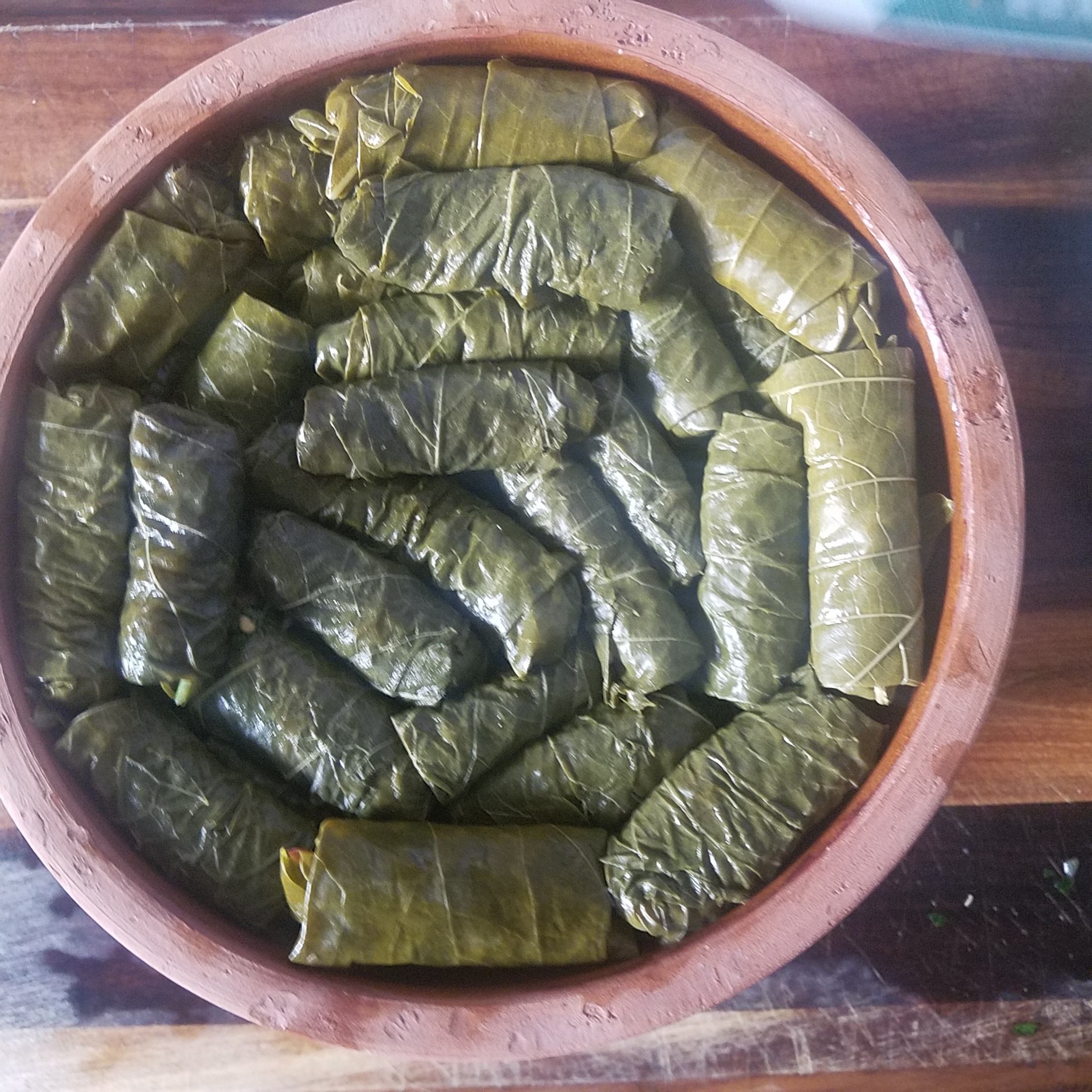Straw Belts
/Komomaki (菰巻き) are straw belts, also known as waramaki. Each winter for the past several hundred years, the Japanese wrap the Komomkai around their pine trees to act as a pest control against the pine moth (Dendrolimus spectabilis). The straw belts are wrapped around the pine trees in late October or time of the first frost, the official first day of winter. At this time the pine moth descends from the treetops by crawling down the trunk of the tree to hibernate in the ground. On the way down, they encounter the Komomake. Its soft matting fools the moth into believing it has reached the leaf matter of the soil and instead it hibernates on the mat until spring.
Photo Credit: The Japan Times
In March the hibernating insects emerge and are simply eliminated by the gardeners who remove the belt full of pine moths and burn them. The ashes are returned to the soil as fertilizer.
Recently however, new research shows that the traps catch natural enemies of the pine moth in higher numbers than the pests themselves, so they are no longer used on the pine trees in the botanical gardens of Japan. However, Komomaki are still applied to pine trees in the winter as a traditional, decorative seasonal item in more common home landscapes in homes around the country.











